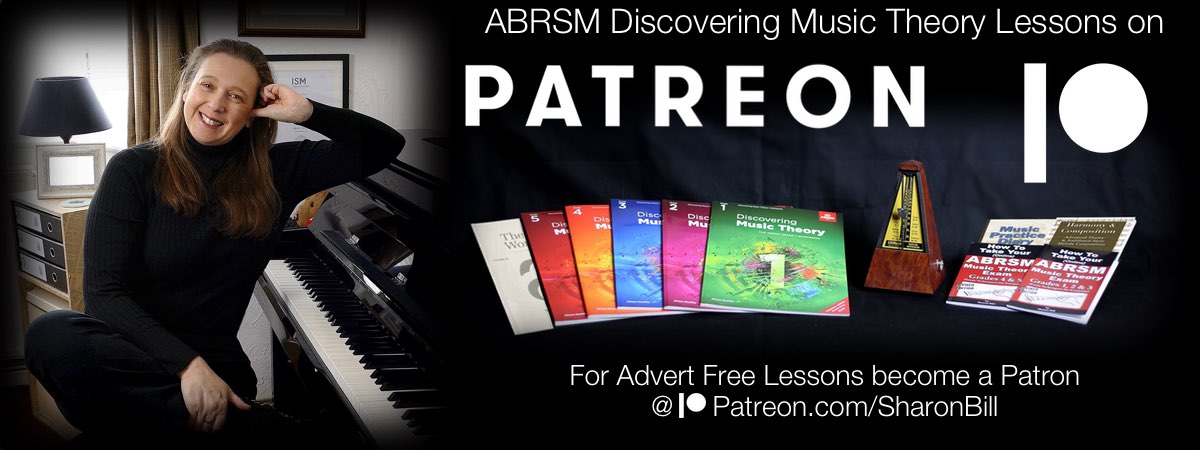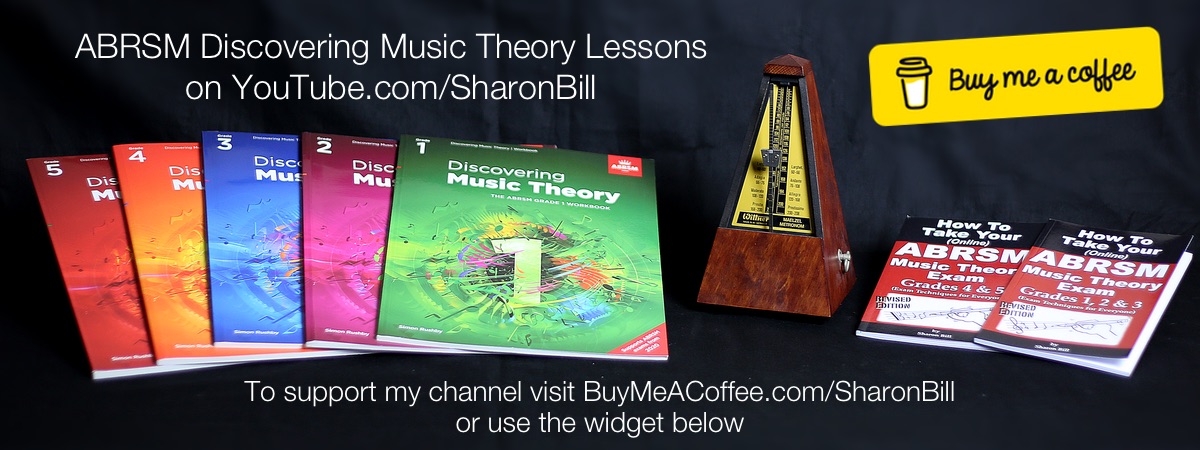Fugue Facts

The ABRSM Grade 6 Piano (2019 & 2020) syllabus, List A:2, includes a Bach Fugue. This is a particularly pretty composition and relatively attainable as Bach Fugues go. The footnotes in the Exam Pieces book are helpful in guiding you to where the specific elements of the piece can be found. However, it may be that you aren’t familiar with the terminology and form of a fugue. I’ve outlined the basic elements of fugue form to help you understand what it is you are playing.
Bach Fugue in G (BWV 902) is relatively simple, and so it’s not too difficult to analyse and decipher what the music is actually doing. This fugue has three voices.
Fugue
The term ‘fugue’ literally means ‘flee’ or ‘flight’. It describes the imitative form of the subsequent entries flying and chasing each other.
A fugue can be written in varying complexity and not always following a prescriptive formula. The only essential requirement for a fugue is for an Exposition in which a theme (‘subject’) is presented by a number of parts (‘voices’) in turn.
Here follows the main elements of a fugue with a brief definition:
Exposition
Subject
The Subject is a melodic theme which is announced by each voice, or part, in turn. Often the initial announcement is unaccompanied. The subject does not necessarily always have to be complete with a final cadence point.
Each voice announces the subject at different pitches.
Variations on the subject can be achieved in multiple ways. The main forms of variation within fugues are as follows.
Augmentation - note values are lengthened.
Diminution - Note values are shortened.
Inversion - The subject is announced ‘upside down’.
Retrograde - The subject is announced backwards.
Answer
The 2nd Subject is referred to as the Answer and is usually voiced at the interval of a 4th or 5th. As such the Subject and Answer are closely related in pitch. Subsequent voices of Subject would be alternated with an Answer.
Counter Subject
The Counter Subject is an additional theme or musical figure which accompanies the subject.
When the Counter Subject accompanies the subject at the very first entry is can be referred to as the 2nd Subject (3rd Subject etc.) and the fugues is referred to as a Double (Triple) Fugue.
Episode
The term Episode describes passages between subject entries.
Stretto
The introduction of two or more entries of the subject at a closer time-interval than the first presentation in the Exposition is referred to as Stretto.
Redundant Entry
When a subject entry is repeated in the original position sounded in the Exposition it is termed a Redundant Entry.
Middle Entry
If a subject is voiced in a key other than the tonic or the dominant it is described as a Middle Entry.
Counter Exposition
A series of Redundant Entries are referred to as the Counter Exposition.





